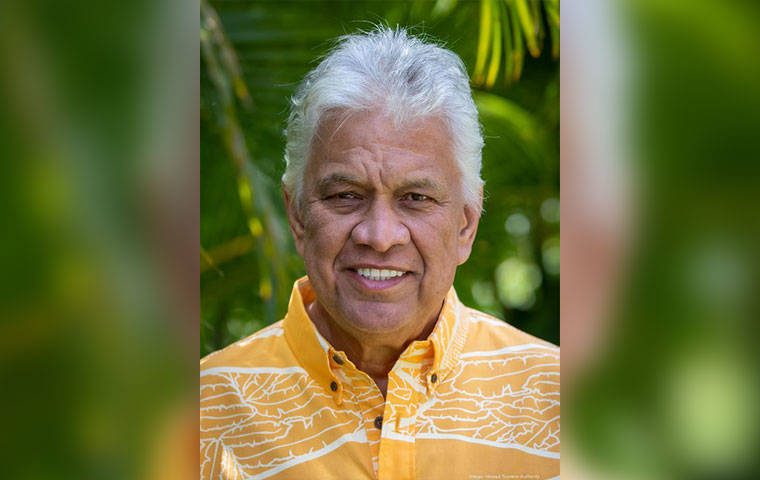Hawaii Tourism Authority President and CEO John De Fries said during a livestream Wednesday that HTA, which had its budget reduced by about 24% as a result of a bill passed this summer, will have to rely on other state and county agencies to help control a growing number of visitors.
House Bill 862 eliminated a special fund designated specially for the HTA. Without that fund, HTA will rely on an appropriation from the American Rescue Plan Act in the short term, and yearly budgetary appropriations from the state Legislature in the long term, De Fries said.
Although De Fries was vocally opposed to the bill before it was passed, he said Wednesday that he will work to ensure that HTA complies with its terms.
“You can sense that every line item, in some way, will be affected,” De Fries said. “Everything that we have funded in the past — cultural festivals, sporting events, things that contribute to the brand identity of Hawaii — we are not clear whether all of them will meet the federal (ARPA) standard.”
Ross Birch, executive director of the Island of Hawaii Visitors Bureau, told the Tribune-Herald on Wednesday that his agency has undergone some changes after the passage of HB 862. In particular, he said that the HTA will now contract out promotions for “signature events” — such as the Merrie Monarch Festival — to county visitors bureaus.
The IHVB’s budget in 2022 and beyond is still up in the air, Birch said, but he added that he is “not fearful” about his agency’s future.
However, the IHVB and the weakened HTA will have to contend with a rising tide of visitors. De Fries said that he anticipates mainland U.S. visitor numbers from June through August will equal or exceed those from the same period in 2019.
By comparison, De Fries said, visitor rates between January and May have been, on average, 50% lower than they were in 2019 prior to the COVID-19 pandemic.
“It feels like much more because not of our activities, not all of our commercial centers, not all of our hotels have reopened to full capacity,” De Fries said. “So those places that are open are where everybody’s congregating.”
De Fries said he is not concerned about an even greater influx of visitors when international travel resumes in full, because by then travelers will have far more destinations to choose from than just Hawaii. However, he added that he expects a “tremendous response” in Hawaii when travel to and from Japan eventually resumes.
De Fries said he has discussed with the county mayors options that could indirectly limit the number of people visiting Hawaii — such as user fees at high-traffic areas or eliminating the illegal vacation rental market — but added that such decisions ultimately will be made by the counties themselves.
De Fries said the state is not legally allowed to set limits on the number of airline passengers traveling to the islands peach year, because the U.S. Constitution protects citizens’ rights to freely travel between states.
Eventually, De Fries said, visitors likely will face steeper hotel bills because HB 862 allows counties to establish their own transient accommodations taxes of up to 3%, on top of the state’s existing 10.25% TAT. Combined, the TATs and General Excise Tax could add up to 17.25% to a visitor’s hotel bill.
But Birch said tourists won’t have to worry about that anytime soon.
“The county has no mechanism to do that yet, so the customers are probably good for the next year,” Birch said, adding that he has discussed the possibility of implementing a county TAT with Mayor Mitch Roth only in passing because he and Roth are awaiting further decisions by the state Legislature to establish a framework for counties to implement their own TATs.
Email Michael Brestovansky at mbrestovansky@hawaiitribune-herald.com.

